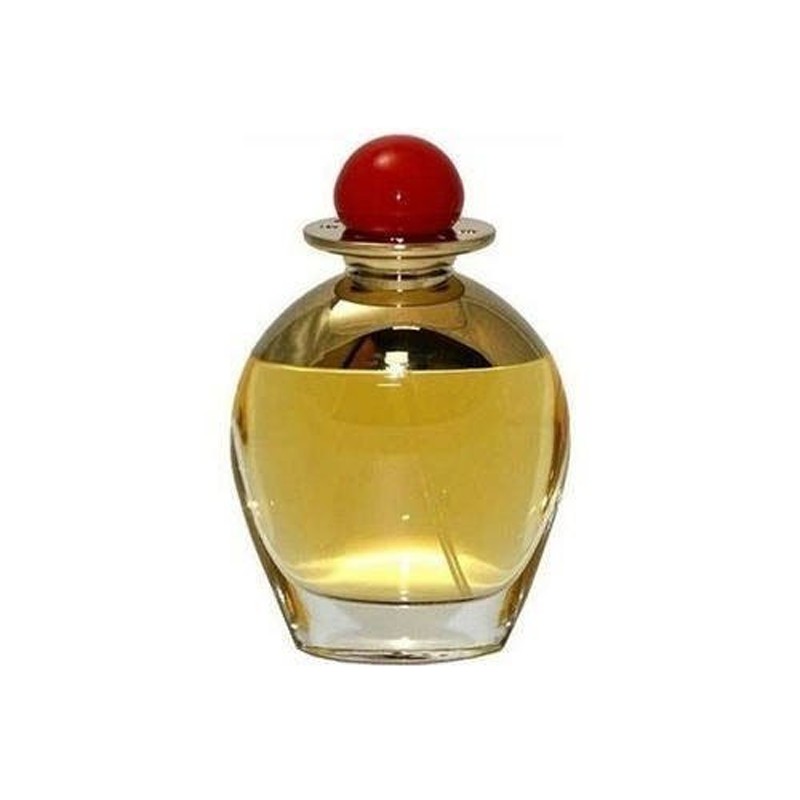
Price :
৳690
Estimated Shipping Time: 3 DAYS
Product SKU: t3r311522Xo
| Fragrance | Sandal |
| Form | Liquid |
| Packaging Type | Bottle |
| Packaging Size | 25 gram to 1 kg |
| Brand | P. M. Rathod |
We are offering Agarbatti Fragrance.
The basic ingredients of an incense stick are bamboo sticks, paste (generally made of charcoal dust or sawdust and joss/jiggit/gum/tabu powder – an adhesive made from the bark of litsea glutinosa and other trees),[5] and the perfume ingredients – which traditionally would be a masala (powder of ground ingredients),[5] though more commonly is a solvent of perfumes and/or essential oils.[6] After the base paste has been applied to the bamboo stick, it is either, in the traditional method, while still moist, immediately rolled into the masala, or, more commonly, left for several days to dry, and then dipped into the scented solvent.
Various resins, such as amber, myrrh, frankincense, and halmaddi (the resin of a tree) are used in traditional masala incense,[7] usually as a fragrant binding ingredient,[8] and these will add their distinctive fragrance to the finished incense. Some resins, such as gum Arabic,[9] may be used where it is desirable for the binding agent to have no fragrance of its own. Halmaddi has a particular interest to Western consumers,[10] possibly through its association with the popular Satya Nag Champa.[11] It is an earth coloured liquid resin drawn from the Ailanthus triphysa tree; as with other resins, it is a viscous semi-liquid when fresh, it hardens to a brittle solid as it evaporates and ages.[12] Some incense makers mix it with honey in order to keep it pliable. Due to crude extraction methods which resulted in trees dying, by the 1990s the Forest Department in India had banned resin extraction;[13] this forced up the price of halmaddi, so its usage in incense making declined. In 2011, extraction was allowed under leasing agreements,[14] which increased in 2013, though production is still sufficiently limited for the resin to sometimes be stolen via improper extraction to be sold on the black market.[15]
The oldest source on incense is the Vedas, specifically, the Atharva-veda and the Rigveda, which set out and encouraged a uniform method of making incense. Although Vedic texts mention the use of incense for masking odours and creating a pleasurable smell, the modern system of organized incense-making was likely created by the medicinal priests of the time. Thus, modern, organized incense-making is intrinsically linked to the Ayurvedic medical system in which it is rooted.[16] The method of incense making with a bamboo stick as a core originated in India at the end of the 19th century, largely replacing the rolled, extruded or shaped method which is still used in India for dhoop and cones, and for most shapes of incense in Nepal/Tibet and Japan. Other main forms of incense are cones and logs and benzoin resin (or sambrani), which are incense paste formed into pyramid shapes or log shapes, and then dried.
No Review Found.
| Quantity | Discount |
|---|---|
| 10+ | 1% Off |
Login To Comment